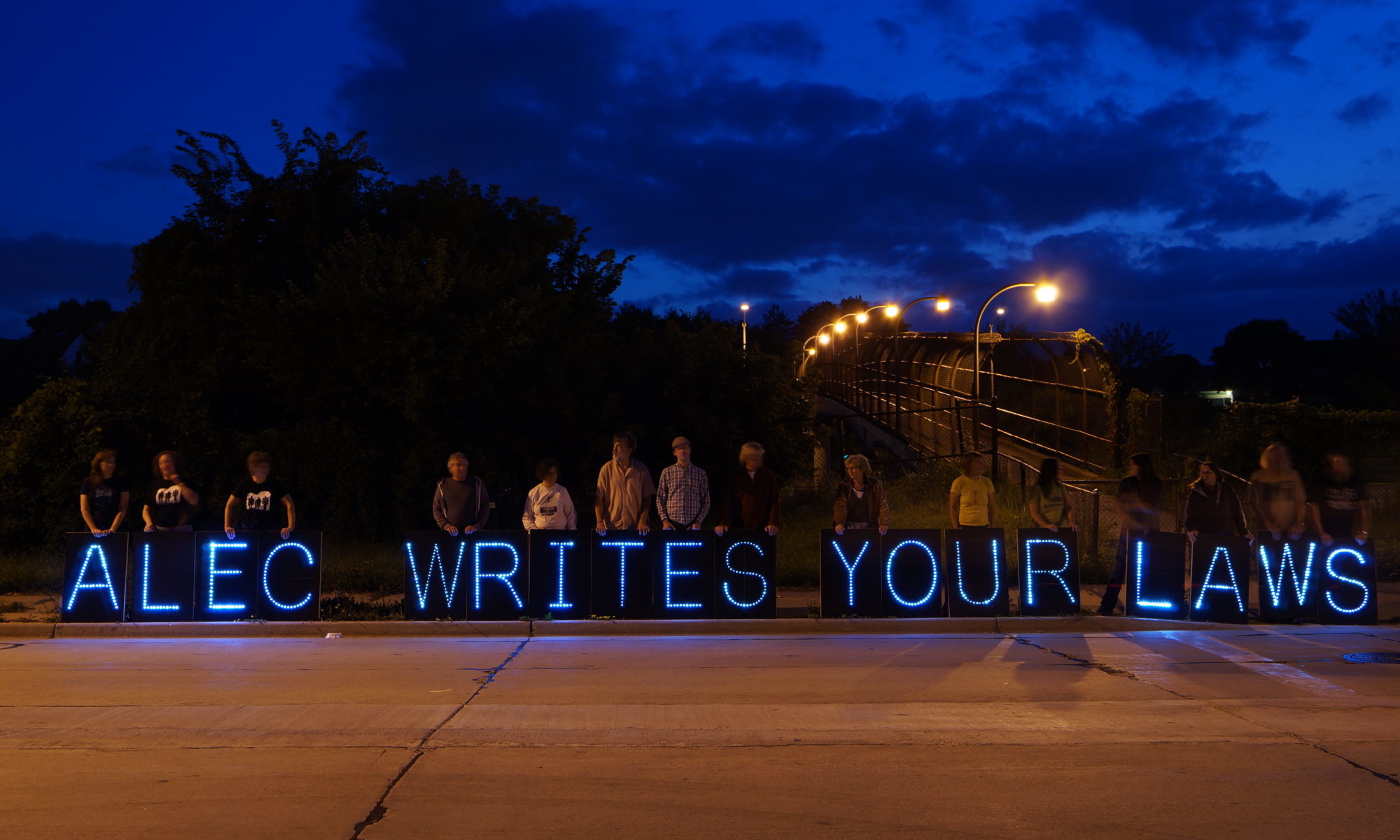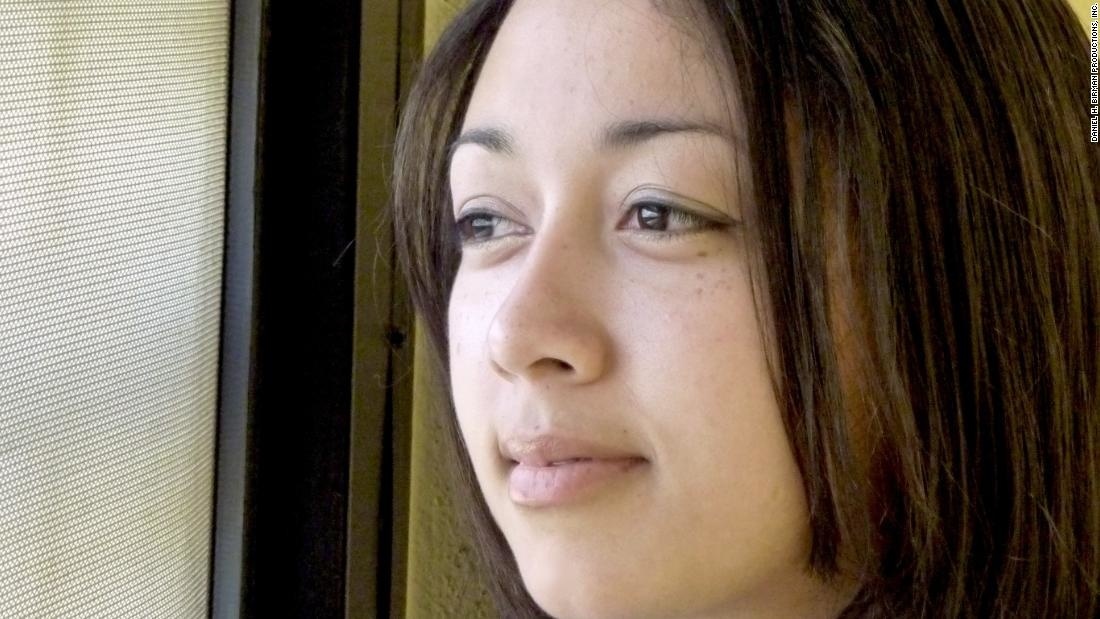
Speak Your Mind: the five freedoms protected by the First Amendment

The Fourth Amendment: Your Privacy in the Digital Age

Inside ALEC: the Secretive Council that Funds Prisons and Climate Change

Fortnite and Intellectual Property: Who Owns Cultural Trends?

Cyntoia Brown Granted Clemency After 14 Years in Prison

